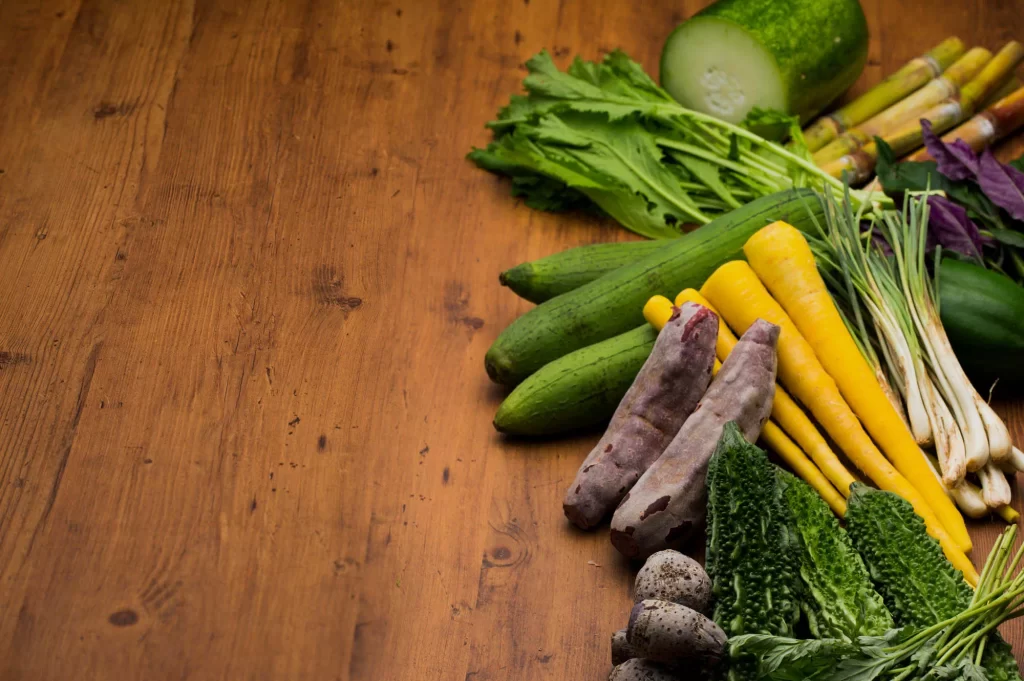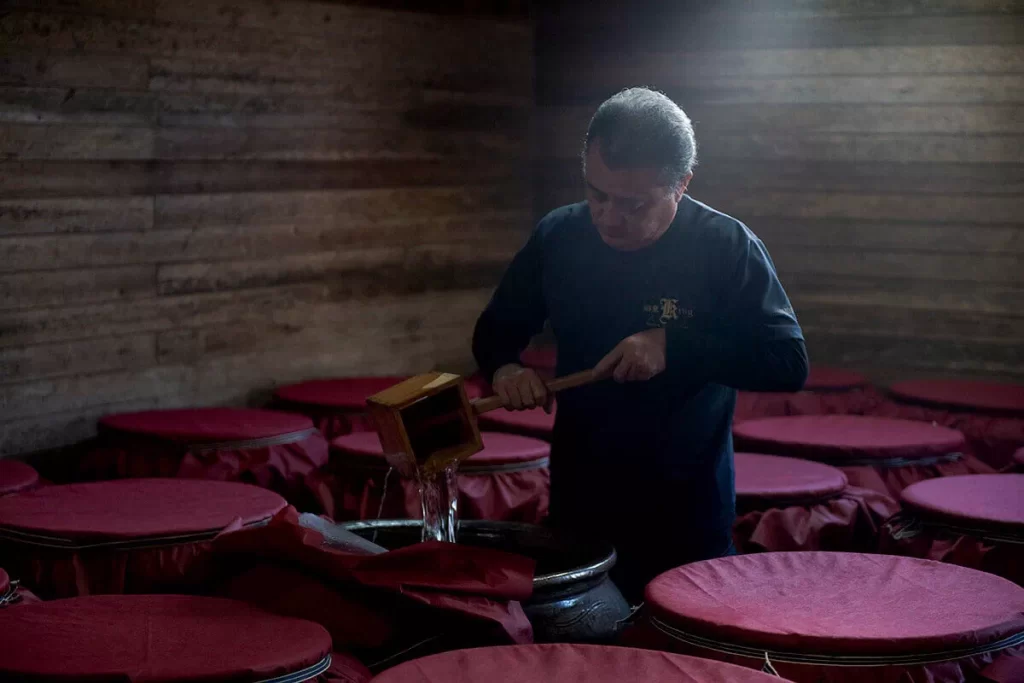Okinawan Food Culture
Taste centuries of tradition through Okinawa’s unique food culture
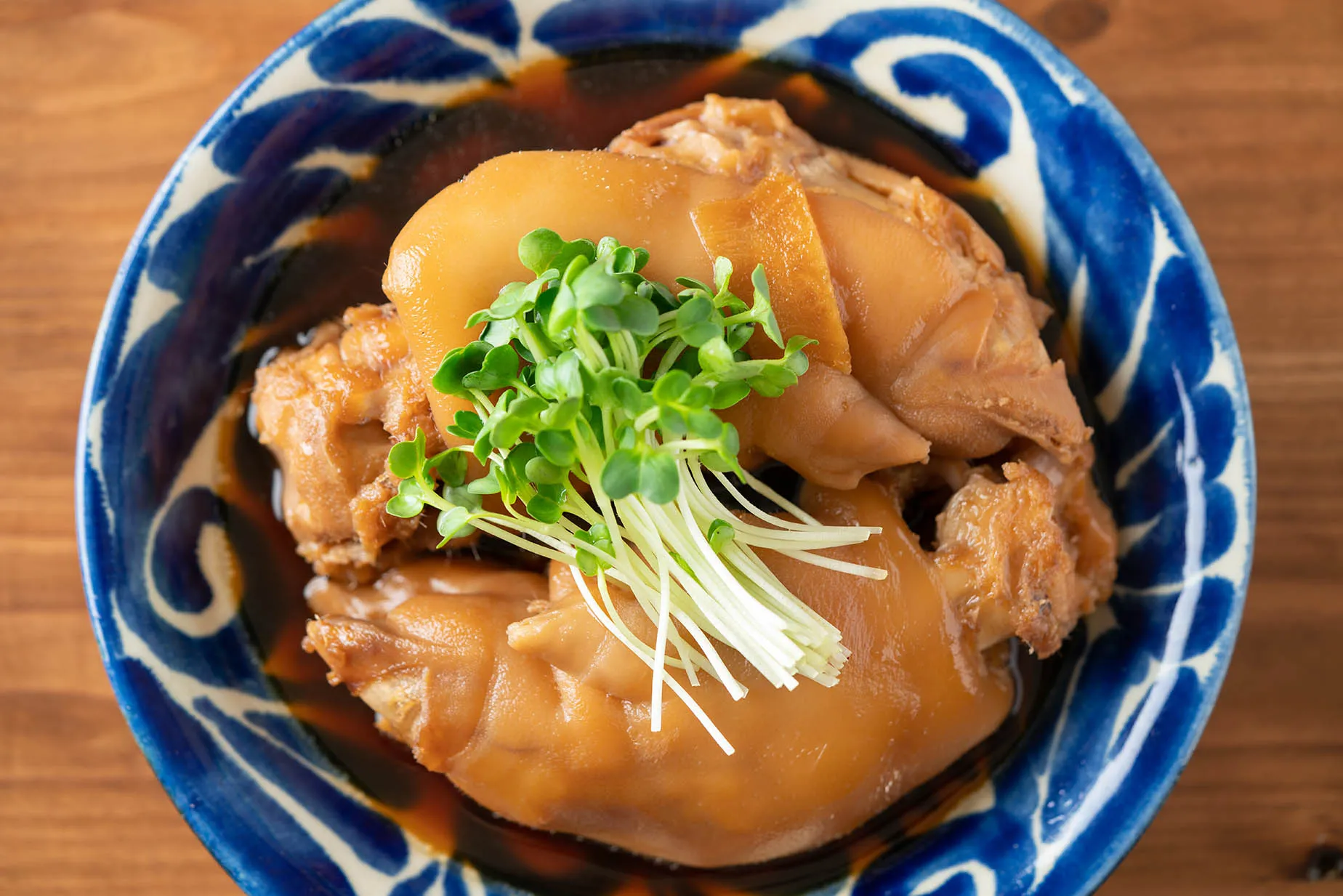
The roots of modern Okinawan food culture stretch back centuries to the Ryukyu Kingdom, and contain many external influences as well. The islands prospered as a trade hub with mainland Japan, China, and countries of Southeast Asia, and through trade certain aspects of culture were assimilated, and combined to create something entirely new. This is perhaps best embodied by the Okinawan concept of champuru, which means “to blend” or “to fuse.” By combining local ingredients, harvested from the islands and surrounding sea, with both indigenous and adapted cooking techniques, Okinawan cuisine is unlike much of what you will find elsewhere in Japan.
Traditional court cuisine
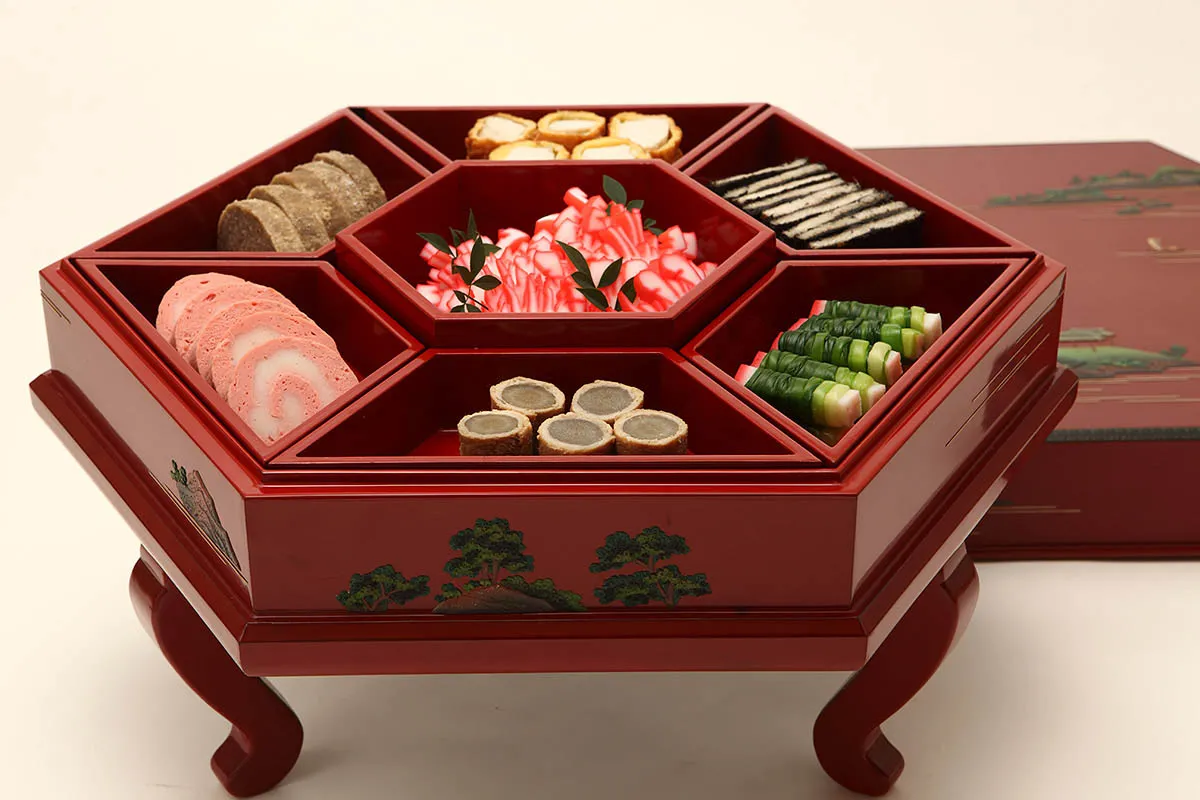
The royal family of the Ryukyu Kingdom welcomed envoys and officials from other countries, and hosted ceremonies, banquets, and other events for the entertainment of these important guests. The dishes presented as part of the lavish hospitality (or utuimuchi) of the royal family eventually developed into a type of codified court cuisine.
At the heart of traditional court cuisine is the tundabun. These multi-sided, compartmentalized, lacquered serving trays can hold several types of food. Tundabun can be pentagonal, hexagonal, octagonal, or completely round. The portions of each dish were prepared to match the number of guests. Typical dishes include hana-ika (a type of sliced squid), minudaru (steamed pork in a black sesame sauce), gunbomachi (burdock root wrapped in roasted pork), among others. Serving from tundabun is meant to express a sense of welcome from hosts to their guests.
Nurturing soul food
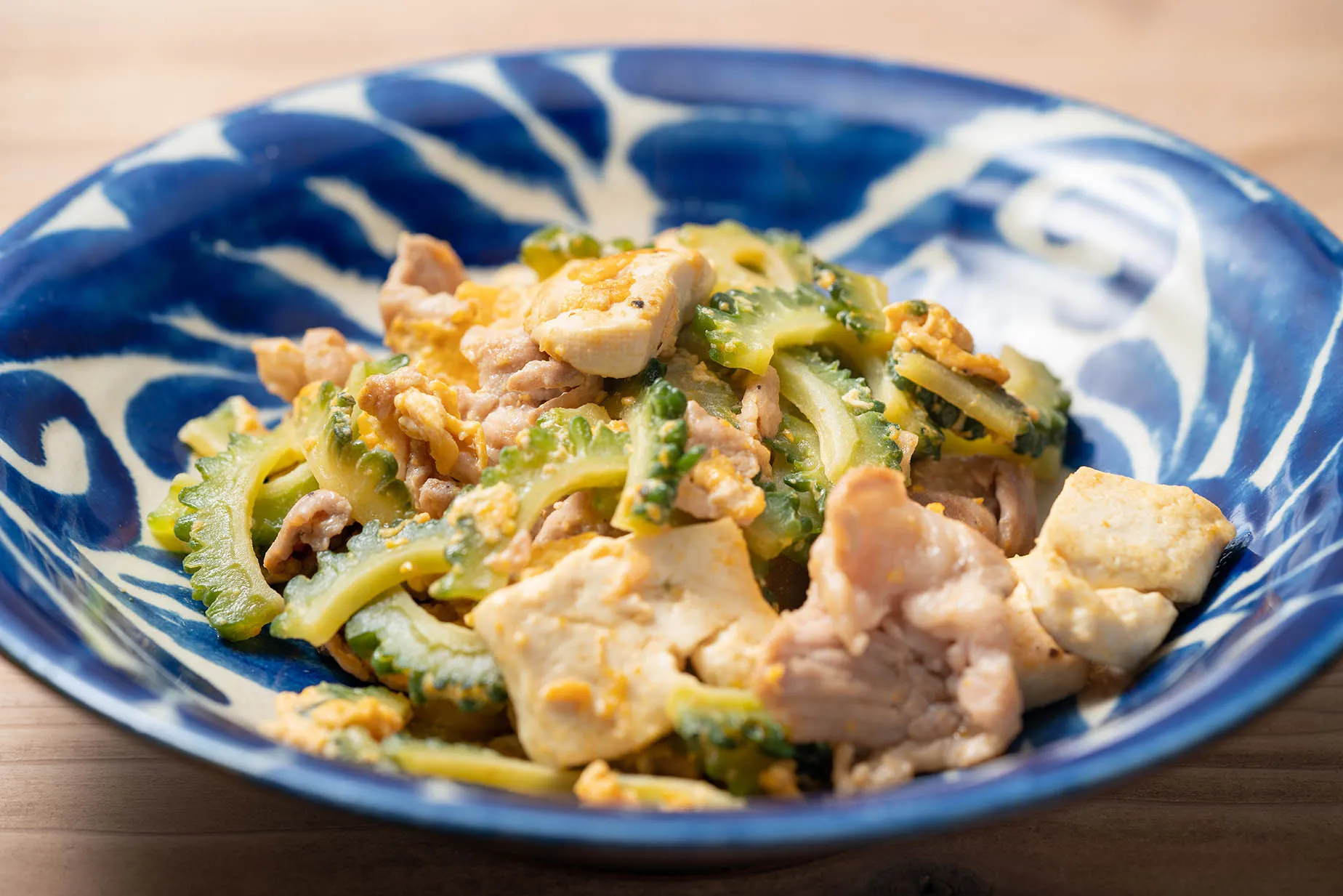
While the royal family and upper classes enjoyed court fare, common folk developed their own humble cuisine culture. This local fare utilized seasonal ingredients harvested from the fields and sea, and simpler cooking techniques. It helped give rise to the concept of ishoku dougen, the idea that a nourishing diet is essential to health and well-being, which in turn is reflected in terms like nuchigusui (literally “medicine for life”) and kusuimun (“medicinal diet”). Representative dishes include stir-fries like goya champuru (a bitter melon stir-fry that includes tofu and other veggies), and ashi tibichi, pigs feet slow cooked with kelp and daikon. Many of these dishes can be found at restaurants around Okinawa to this day.
The secret to a long life
Okinawa is one of the world’s Blue Zones, a region where the average life expectancy exceeds that of other countries. Okinawa’s food culture is considered one of the key contributors to the longevity of its people. But as times change, so too do peoples’ diets, which is one reason programs to help preserve and promote Okinawa’s food culture are on the rise. Chefs and nutritionists who have more than 10 years of experience and complete a training course become certified “Successors of the Ryukyu Culinary Tradition.” One of the best ways to get in touch with Okinawa’s food culture and help ensure its legacy is to sample traditional Ryukyuan cuisine, so be sure to eat your fill while island hopping!


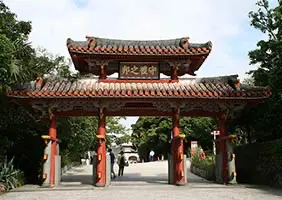
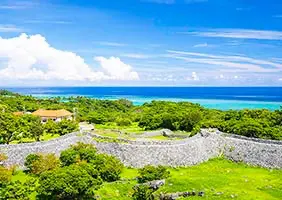
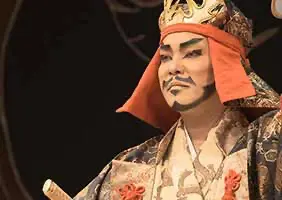
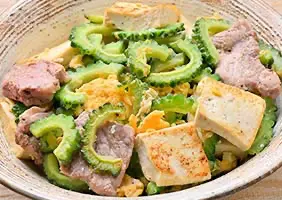



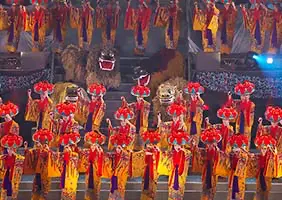
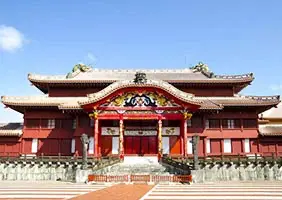






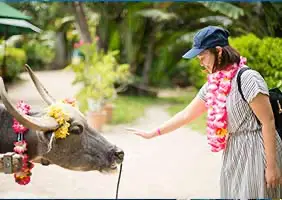





 Facebook
Facebook Twitter
Twitter Copy URL
Copy URL



